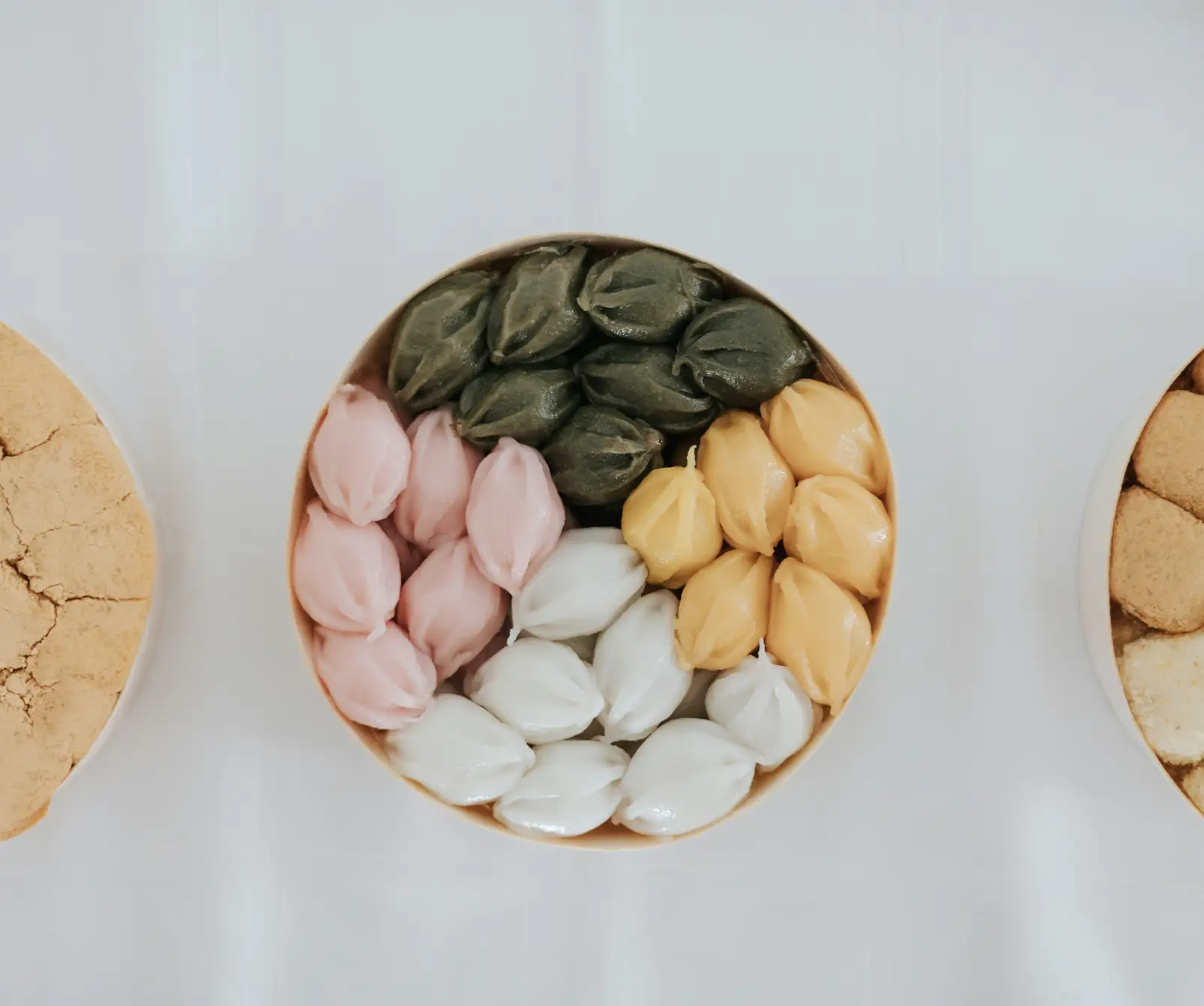In the fall of 2023, I finally sat down to watch Extraordinary Attorney Woo (이상한 변호사 우영우) on Netflix, and like so many around the world, I fell in love with Woo Young-Woo’s brilliant, earnestly sweet nature. Gimbap’s comfort and consistency in her life, the expression of care and love illustrated by her appa, and how it became a supporting character in many episodes wrapped my heart in a cozy, fleece blanket…
And it gave me a constant craving for gimbap.
Gimbap, meaning seaweed (김) rice (밥), is a comfort soul food found in a couple of prominent subcultures in Korea related to convenience and movement. I can’t think about it without connecting it to Korea’s many convenience store chains’ amazingly expedient, tidy, reliable culture. In a country where food is abundant but not always readily available first thing in the morning, gimbap is a quick and inexpensive way to fill your belly at an airport, on the way to work, or after a night of somaek (소맥), beer mixed with Korea’s liquor, soju (소주).
Make it in advance or grab it from the nearest CU, GS25, or 7-Eleven on your way out of town (you’ll pass at least one no matter where you’re going), and you have a full meal for less than $2 when you need to refuel on an Olle Trail, or any of the mountain passes and paths on the mainland. Of course, you can also sit at a restaurant and pair it with a hot bowl of ramyeon (라면 noodle soup), or enjoy it at your leisure around a table with loved ones. For many Koreans, it’s nostalgic, bringing memories of class trips or family excursions, including a picnic and a neatly packed lunchbox.
Gimbap is a simple concept that is time-intensive and incredibly technical to create. It’s a to-go comfort food shaped in a roll, making it convenient and transportable. Healthy, filling, and delicious, it can include egg and ham, marinated carrots, cucumber, pickled radish, spicy pork, tuna, or chicken… the possibilities are almost as numerous as there are personalities in the world. Each colorful ingredient is prepared separately, cut down to size, arranged on a layer of seaweed and rice, rolled tightly, and cut into bite-size pieces. If someone offers you an end, it means they care about you.
My four-year-old daughter loves gim or seaweed. I open the little packages of salty and oily, bite-size rectangles that crisp and then melt in your mouth, and she devours them. I’ve shown her how to use it as a utensil for picking up sticky rice and pieces of meat and veggies. Together, we will eat an entire plate full of colorful, deconstructed ingredients in this way. As a Korean adoptee with two young kids, almost nothing fills my heart with more joy and pride than watching them enjoy foods from their mother’s birth country.
If the only gimbap you’ve ever tried has been frozen from Trader Joe’s, find yourself someone to hand-roll it for you, fresh. Close your eyes as you experience the pleasing chewiness of the rice wrapped in crisp seaweed, and taste each ingredient as it blends in a burst of flavor in your mouth. If you’re in Korea at the time, you can delight that you’ve filled your belly for less than the cost of a cup of coffee in the States. If you’re elsewhere, a little part of Korea will be with you as you eat.







